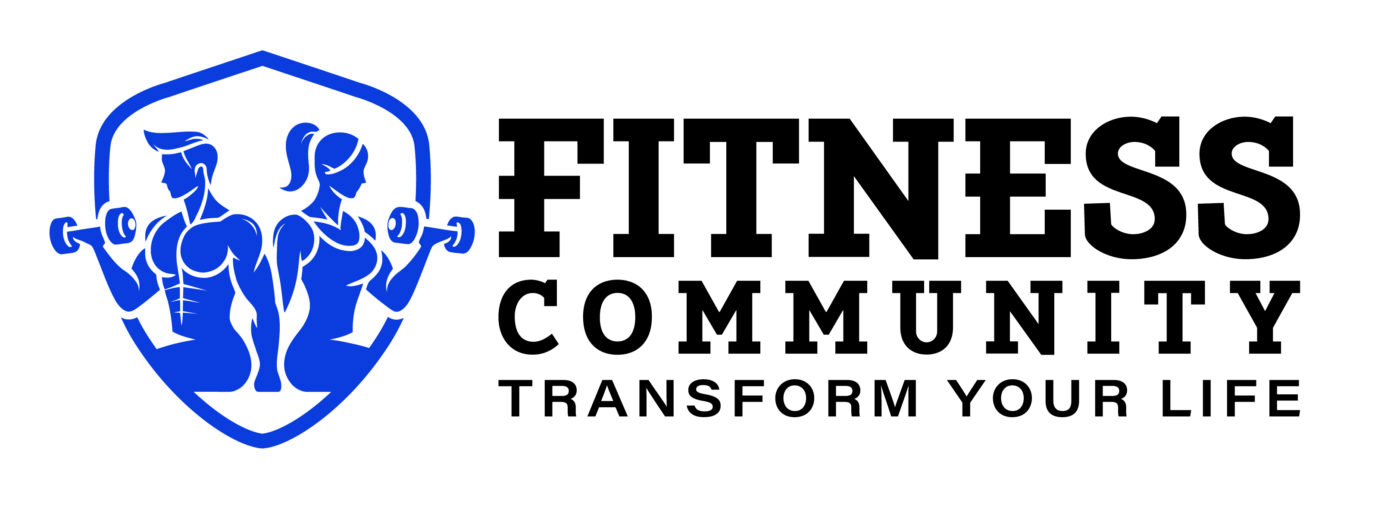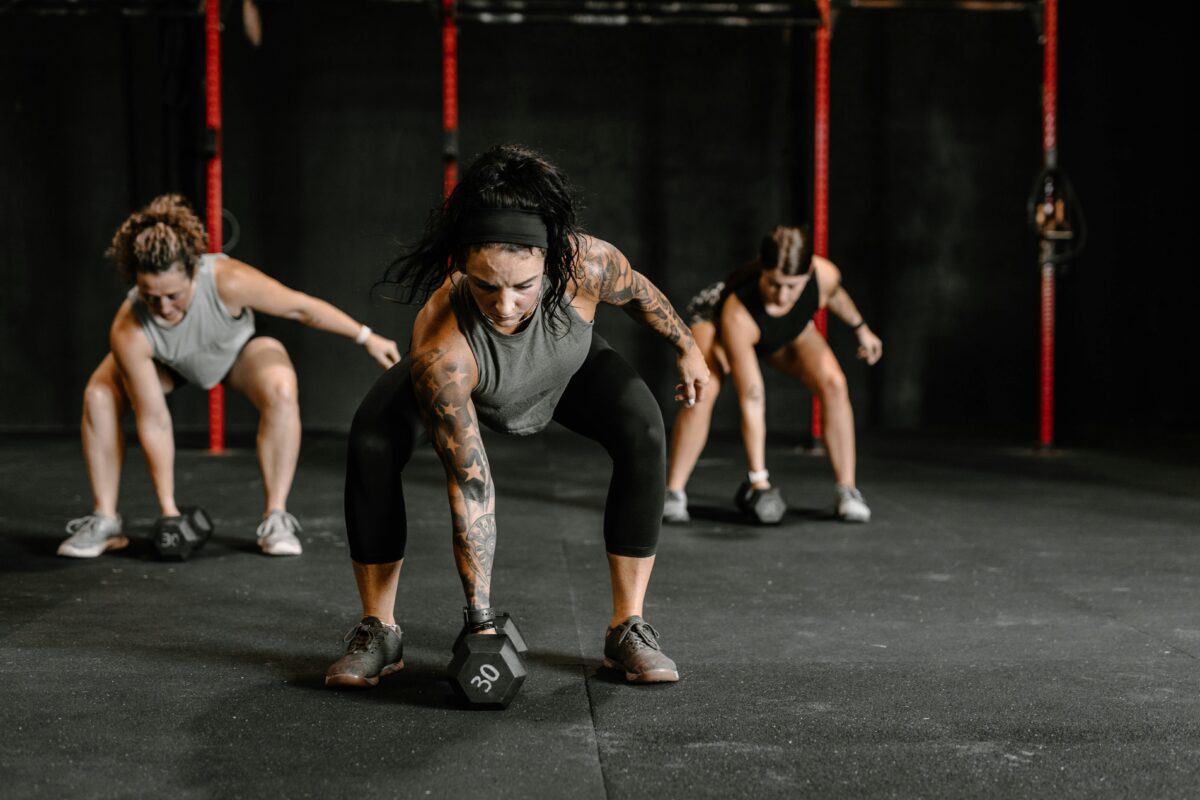WEIGHT LOSS AND FITNESS GOALS
Finding Your Perfect Workout Intensity: The Science of Personalized Exercise
How Hard Should You Exercise?
For decades, the debate over exercise intensity has swung between high-intensity interval training and gentler, steady-state workouts. But emerging research suggests that there’s no single “best” intensity—what works best depends on individual health goals, fitness levels, and even genetic predispositions.
Scientists now recognize that exercise personalization isn’t just about choosing activities you enjoy. The intensity at which you perform those activities triggers different physiological responses, which can align better with specific health objectives. By understanding this relationship, individuals can tailor workouts more effectively for optimal results.
Measuring and Monitoring Exercise Intensity
Exercise intensity exists on a spectrum, and various methods help gauge it:
Perceived Exertion: A simple 1-to-10 scale based on how hard an activity feels.
Heart Rate Monitoring: Intensity zones are calculated as percentages of maximum heart rate.
Strength Training Metrics: Intensity is often measured by the percentage of one-repetition maximum (1RM).
Advanced Performance Indicators: Power output, oxygen consumption (VO₂), and blood lactate levels provide deeper insights, typically in lab settings.
Technology has made intensity tracking more accessible. Wearable devices now monitor heart rate, estimate calorie burn, and analyze movement patterns, providing real-time feedback that helps individuals fine-tune their workouts outside of professional training environments.
Understanding Exercise Intensity Levels
Very Low Intensity (30-40% of Max Effort)
This gentle intensity—such as casual walking, light stretching, or easy swimming—barely elevates heart rate but enhances blood flow to muscles. Studies in the Journal of Sports Sciences highlight its role in active recovery, chronic pain management, and mental health benefits, including anxiety reduction.
Low Intensity (40-55% of Max Effort)
Brisk walking, light cycling, or gentle yoga fall into this category, which modestly raises heart rate while maintaining easy breathing. Research in the European Journal of Applied Physiology suggests that this intensity optimizes fat oxidation, making it effective for weight management, metabolic health, and exercise consistency, particularly for beginners or individuals with type 2 diabetes.
Moderate Intensity (55-70% of Max Effort)
Jogging, swimming laps, and cycling with some resistance elevate heart rate substantially but still allow conversation. Recognized by the American Heart Association for cardiovascular benefits, this intensity is ideal for improving heart health, aerobic endurance, and cholesterol levels while minimizing injury risk.
Vigorous Intensity (70-85% of Max Effort)
Running, circuit training, and competitive sports push the heart rate significantly higher, challenging breathing and endurance. Research in the Journal of Physiology links this level of exercise to increased cardiorespiratory fitness, endurance capacity, and improved metabolic markers in middle-aged adults.
Near-Maximal Intensity (85-95% of Max Effort)
Short bursts of high effort—such as sprint intervals or heavy resistance training—drive major physiological adaptations, including enhanced mitochondrial function and glucose metabolism, according to the American College of Sports Medicine. However, proper recovery and progression are crucial to avoid overtraining.
Maximal Intensity (95-100% of Max Effort)
All-out efforts, like true sprints or one-rep max lifts, create powerful neurological and muscular adaptations. Studies in the Journal of Strength and Conditioning Research highlight its role in developing explosive power and optimizing hormone responses. However, it requires careful programming due to its high recovery demands.
Aligning Intensity with Health Goals
Different intensity levels produce distinct physiological benefits, making it essential to match workouts to specific objectives:
Fat Loss: The International Journal of Obesity suggests a combination of moderate-intensity steady-state exercise with occasional high-intensity intervals for optimal calorie burn and sustainability.
Cardiovascular Health: The European Heart Journal reports that moderate-intensity exercise offers the most consistent protection against heart disease, with occasional vigorous sessions enhancing benefits.
Mental Health: Research in the Journal of Psychiatric Research indicates that moderate-intensity workouts (30-45 minutes) are most effective for reducing anxiety and improving mood, while high-intensity sessions may temporarily increase stress responses.
Personalizing Intensity for Maximum Benefits
Exercise intensity isn’t one-size-fits-all. Age, fitness level, medical history, and even genetics influence how individuals respond to training. The Heritage Family Study suggests genetic factors may account for up to 50% of variability in exercise responses, reinforcing the need for a tailored approach.
For older adults, research in the Journals of Gerontology shows that lower intensities can yield similar health benefits as higher-intensity workouts in younger populations. Likewise, individuals with chronic conditions may need modified intensity zones to accommodate limitations safely.
Building an Effective Intensity Strategy
Experts recommend a portfolio approach—varying workout intensity strategically over time to maximize results while preventing plateaus.
Periodization: Adjusting intensity across days, weeks, or months can optimize physiological adaptations and recovery.
Hybrid Workouts: Research in the Journal of Applied Physiology suggests that combining short bursts of high intensity within moderate workouts amplifies cardiovascular benefits without excessive strain.
Real-Time Adjustments: Advancing wearable technology enables dynamic intensity modifications based on real-time physiological feedback, paving the way for precision exercise programming.
The Future of Personalized Exercise Intensity
As fitness technology evolves, personalized intensity prescriptions are becoming more refined—much like advancements in personalized medicine. By leveraging wearables and data-driven insights, individuals can optimize their training based on real-time physiological responses rather than generic workout plans.
Ultimately, understanding how different intensity levels impact the body allows for smarter, more effective training. Whether the goal is fat loss, heart health, or peak performance, aligning exercise intensity with personal health priorities can enhance results while making workouts more sustainable and enjoyable.

